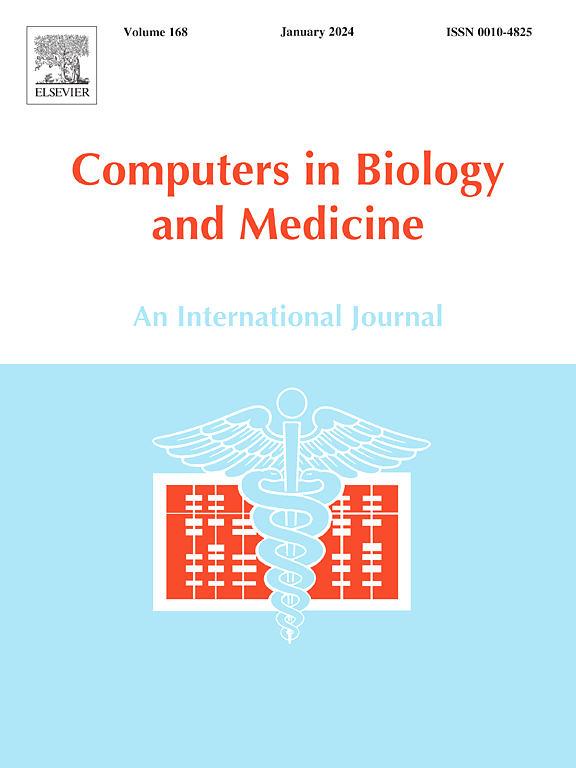A novel covariate adjustment method for spatial scan statistics based on outlier removal
IF 7
2区 医学
Q1 BIOLOGY
引用次数: 0
Abstract
Spatial scan statistics (SSS) have been widely used in disease surveillance and epidemiology to detect geographical clusters. These applications make accuracy highly important. The accuracy of SSS detection can be affected by nonrandomly distributed covariates. To accurately detect clusters, previous studies adjusted the effects of covariates in statistical models to calculate the covariate-adjusted expected number of cases. However, these methods ignore the difference in the covariate effect on the expected number of cases inside and outside clusters and thus may lead to inaccurate adjustment and cluster detection. In this study, we developed a novel clustering outlier-based covariate adjustment method (COCA) to mitigate such differences. In COCA, the clusters detected by the traditional covariate adjustment method (TRA-CA) were removed as outliers, and the coefficients of the covariates were re-estimated to update the covariate-adjusted expected cases of all regions and then to detect the clusters again. The simulation results suggested that COCA outperformed TRA-CA and the latest GLM-based SSS in terms of accuracy measures, including sensitivity, specificity, PPV, and misclassification. COCA improved the accuracy of detected clusters and can be easily implemented by the combination of the conventional regression method with any other statistical software, such as R, and the efficient SatScan software. Thus, when covariates exist, COCA should be employed to obtain more accurate clusters.
求助全文
约1分钟内获得全文
求助全文
来源期刊

Computers in biology and medicine
工程技术-工程:生物医学
CiteScore
11.70
自引率
10.40%
发文量
1086
审稿时长
74 days
期刊介绍:
Computers in Biology and Medicine is an international forum for sharing groundbreaking advancements in the use of computers in bioscience and medicine. This journal serves as a medium for communicating essential research, instruction, ideas, and information regarding the rapidly evolving field of computer applications in these domains. By encouraging the exchange of knowledge, we aim to facilitate progress and innovation in the utilization of computers in biology and medicine.
 求助内容:
求助内容: 应助结果提醒方式:
应助结果提醒方式:


